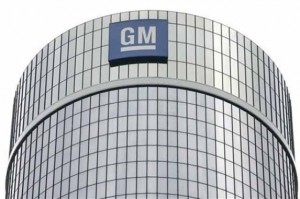General Motors will hire 3,000 new workers to man its expanded, in-house information technology operations, a move that follows its decision to stop using outside contractors, such as HP, for much of the work.
Most, if not all, of the new hires will, in fact, be recruited from the team that had been handling GM’s IT work at Hewlett-Packard, the maker revealed. The maker says it plans to now handle 90% of such technology efforts in-house in a bid to speed up the development process while also reducing costs and potential overlap between suppliers.
Like most automakers, GM is betting that its future success will depend heavily on digital technology – from the software used to develop its new products to the in-car infotainment systems consumers increasingly demand.
The news that the maker would take a major chunk of work away from HP – which won a $2 billion GM contract in 2010 — was the latest in a series of blows hammering a once-proud technology firm that is struggling to reverse a fast decline. But GM isn’t severing its ties to Hewlett-Packard entirely. As part of the latest shift, it is purchasing a suite of software applications from the firm to handle software development and other IT operations.
“These agreements with HP will enable us to accelerate the progress of our IT transformation by delivering increased innovation and speed of delivery to our GM business partners, and reduce the cost of ongoing IT operations,” explained GM Chief Information Officer Randy Mott, who had previously served the same role at HP.
“Transforming our internal IT operations will give us the resources, tools and flexibility we need to provide better services and products to our global customers,” he stressed.
GM announced earlier this month that it would hire 1,500 workers at an expanded IT center based at its suburban Detroit technical center. Another 500 would be added to a center in Austin, Texas. And two more centers are now being planned, the maker reveals.
The rapid expansion of GM’s IT operations comes even as the maker continues to expand its manufacturing workforce by more than 10,000 since emerging from bankruptcy in 2009.

